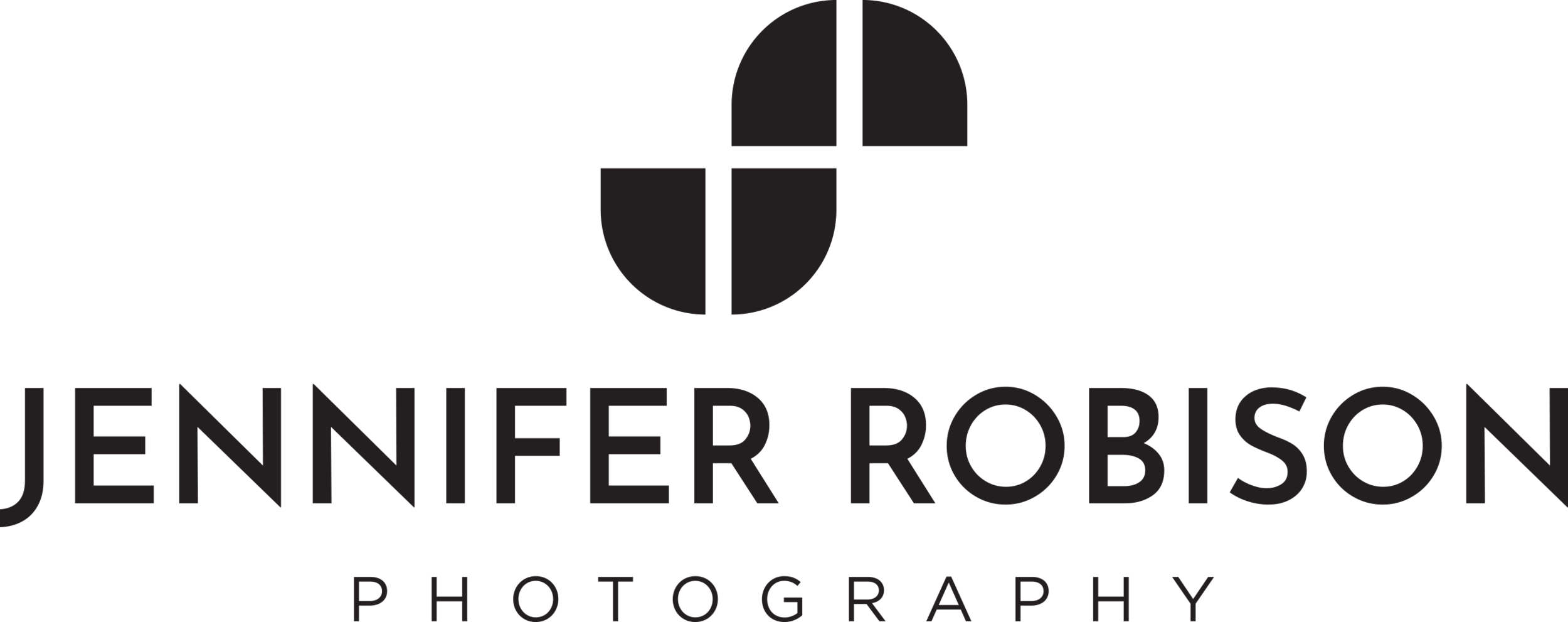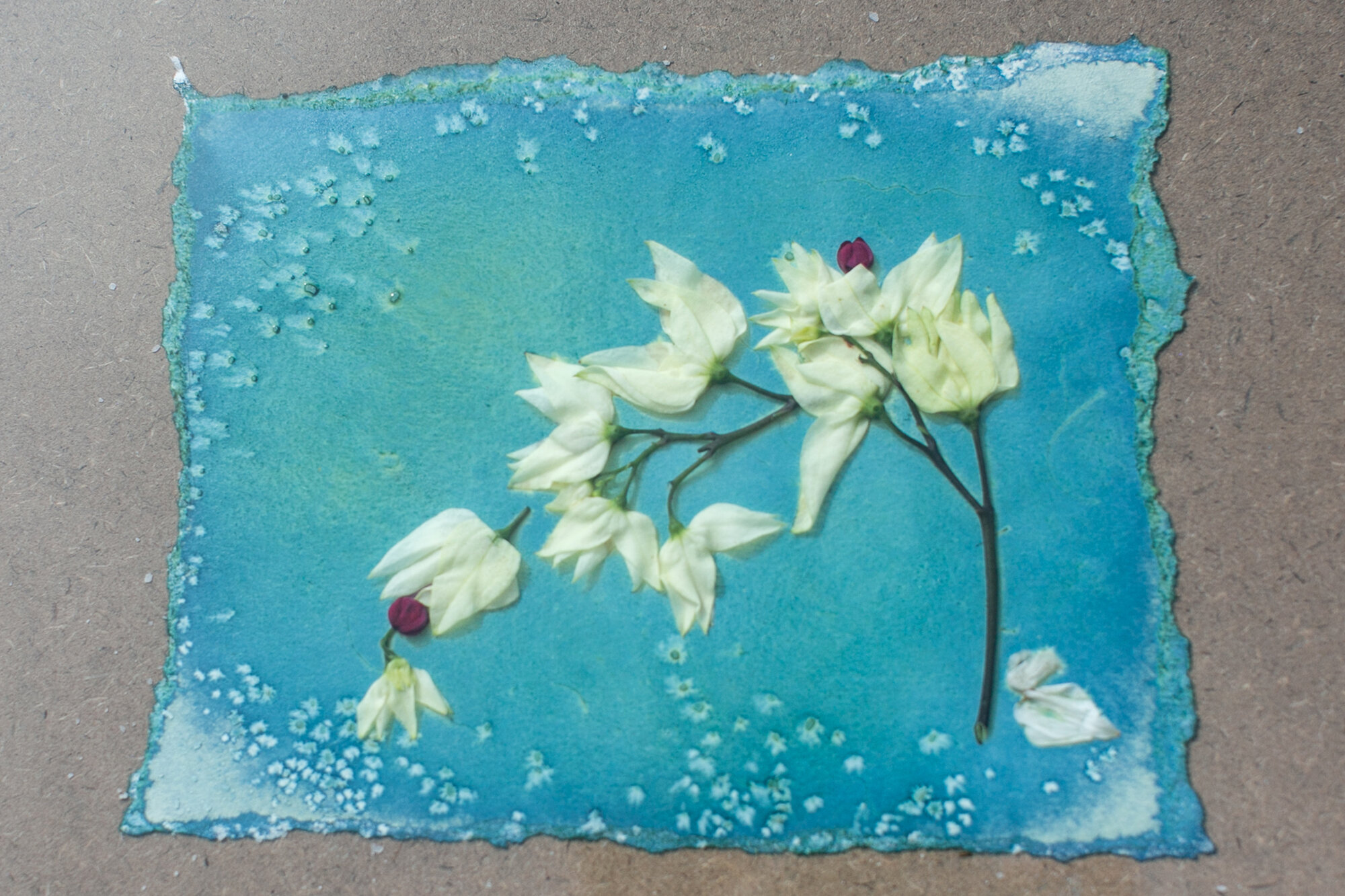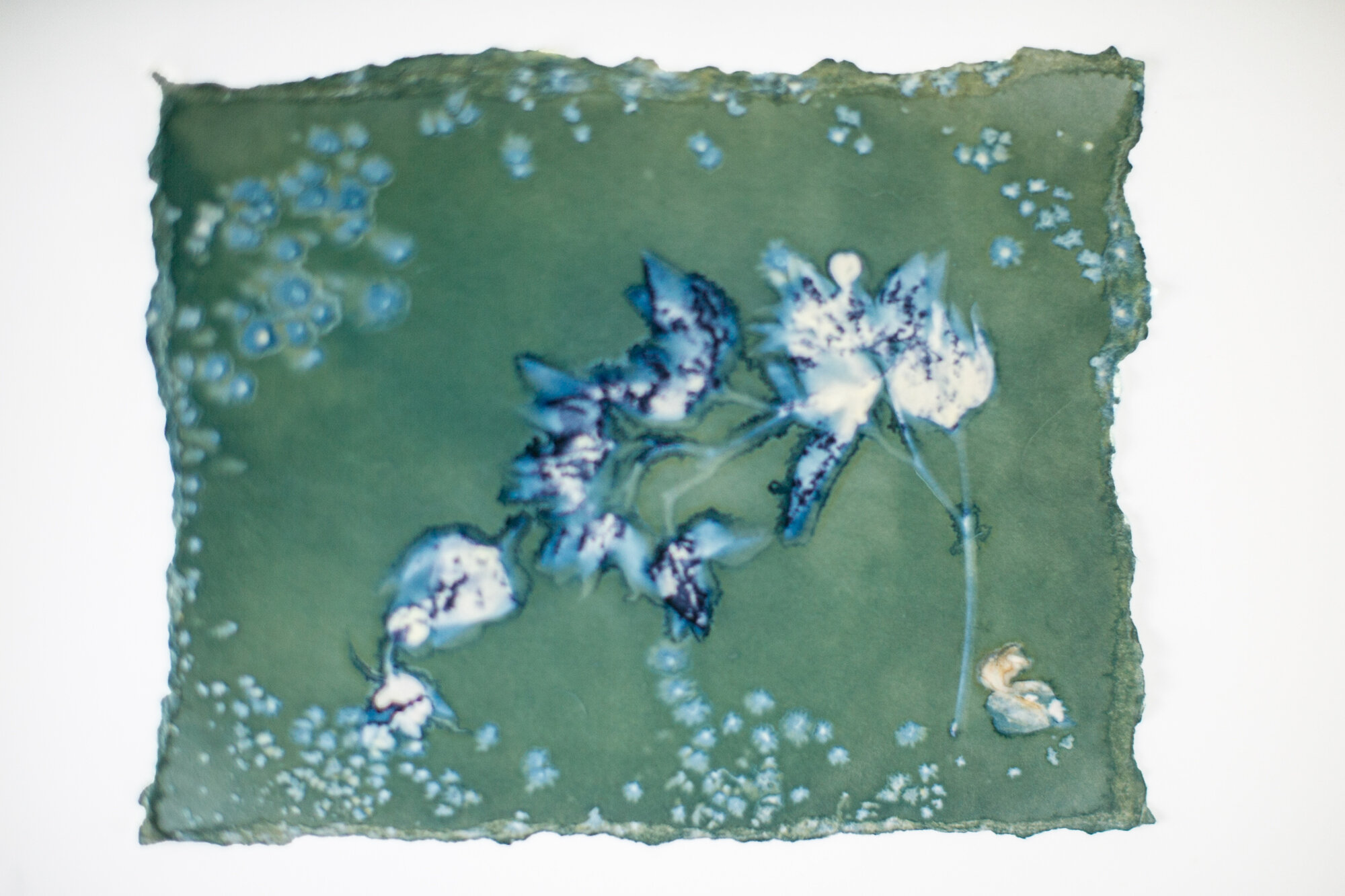Cyanotypes: alternative Process in photography
Attending the National Society of Photographic Education Conference in Houston, I picked up some Cyanotype chemistry from Bostick Sullivan. My plan was to have my class make some digital negatives and experiment with being creative. Covid 19 disrupted my plan, and now I am making tutorials that demonstrate the process for fall semester.
Above is a digital print painted with cyanotype chemistry & exposed with Morpho butterfly wings layed on top of an older digital print. Below I will show the process of a simple contact cyanotype on watercolor paper from Fine Line Supply with pressed bleeding hearts and salt. I mixed a very small amount of the cyanotype in a glass jar and painted the paper in a low light area. Cyanotype chemistry appears yellow until it is exposed to UV light.
Glass is placed over the flowers to keep them in place and make a sharper impression. The following images show the exposure process over 3 hours in full sun.
Once the print stopped making color changes I brought it inside and removed the glass and the bleeding hearts.
Cyanotype is cool because you do not need any chemistry or a darkroom to process it; you simply wash it under tap water until the water runs clear. This can take a few times of soaking the print in water to get the residue off. After the residue is completely off the print and the water is running clear, you can add a small amount of hydrogen peroxide to bring out the Prussian Blue color. Staining or soaking the print will darken the blue depending on what you use. I have used coffee and tea and both look nice. This last image is a positive film on water color paper so you get a reverse image.
I am in the process of making a chlorophyll print with this positive film for another project.













